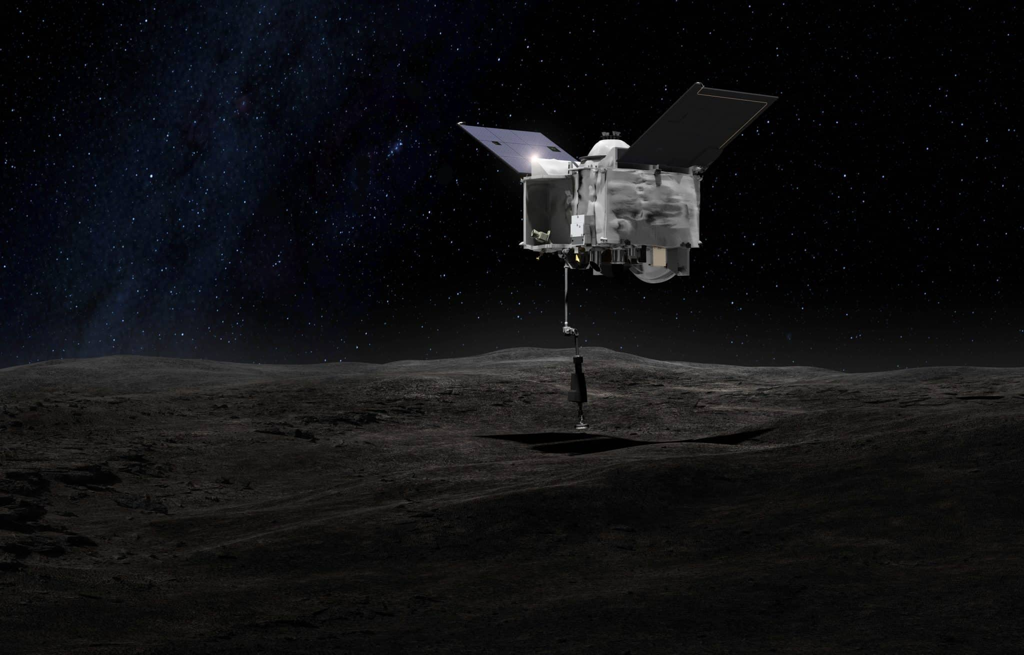Astronomers have suggested that studying the asteroid Bennu could help uncover dark matter and a potential fifth force.
Dark matter interacts with ordinary matter solely through gravity. Its presence is indicated by galaxies: when astronomers learned to calculate the mass of all their visible matter, it turned out to be insufficient to hold together the massive galactic structure. Many stars would drift apart if it weren't for some significant but hidden mass that binds everything with an invisible "framework."
Due to the presence of this dark matter at the edges of galaxies, peripheral stars rotate around the galaxy centers much faster than one would expect at such great distances: the gravity of the unknown substance accelerates them. As a result, researchers now consider the visible part of almost any galaxy in the universe to be just a small tip of a vast dark iceberg.
What dark matter actually consists of can only be theorized for now (although one hypothesis seems the most plausible, as previously reported by Naked Science here). If one of the proposed theories is confirmed by observations and mathematical calculations, it could be a groundbreaking discovery.
There is a belief that all this hidden mass might be a manifestation of an unknown fifth force of nature. Currently, physics recognizes four types of particle interactions: gravity, electromagnetism, and strong and weak nuclear forces. At least three of these have known force-carrying particles: photons carry electromagnetic interactions, gluons carry strong interactions, and W and Z bosons carry weak interactions.
Therefore, it is logical to assume that some particle is also responsible for the fifth type of interaction. Theoretically, scientists have calculated that this particle should have an extremely negligible mass—no more than one billionth of an electron's mass. It has been named an ultralight boson (or super-light boson; they are the same).
The most interesting part is that clusters of such low-mass particles could still influence celestial bodies—altering their motion along orbits. As explained in a scientific paper published in the journal Nature, researchers from the Los Alamos National Laboratory in the USA, along with colleagues from various countries, believe this can be calculated during observations of a suitable asteroid. They have already chosen the perfect candidate—the 500-meter asteroid Bennu.

Bennu orbits the Sun at roughly the same distance as Earth, so it periodically comes relatively close to our planet and even raises concerns about a potential impact. However, Bennu became a fortunate opportunity to test astrophysicists' suspicions because a spacecraft, OSIRIS-REx, visited it to collect soil samples from 2016 to 2023.
The data collected by the probe regarding Bennu's trajectory in its orbit may help our understanding of the universe: on such objects, theoretical ultralight bosons should manifest, slightly altering their trajectory from what would be calculated without considering such hypothetical particles. By the way, scientists are also contemplating other similar observational targets, including the asteroid Apophis, which is expected to pass by Earth at a distance of just 32 thousand kilometers in 2029.